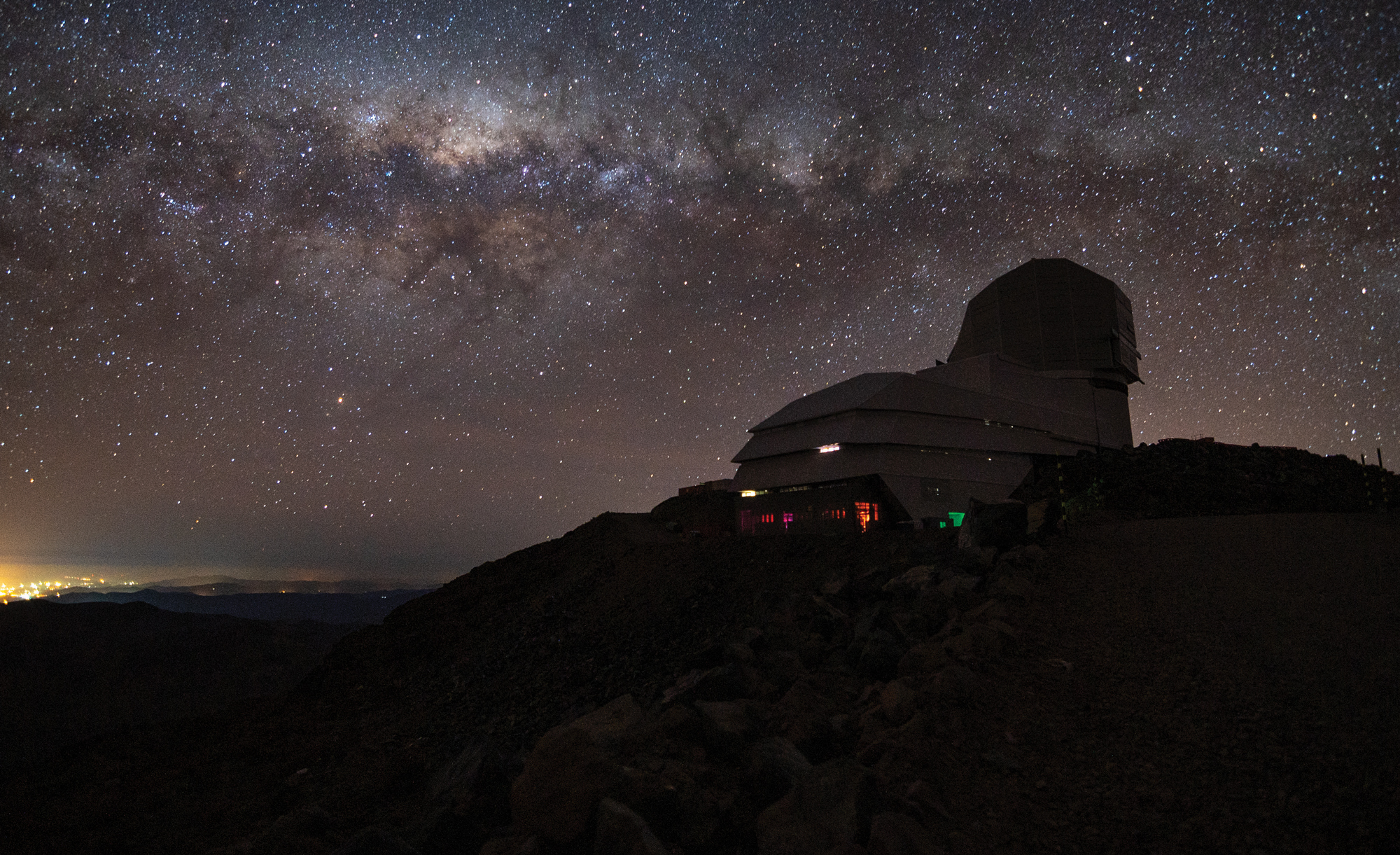

In northern Chile in 2025, the Vera C. Rubin Observatory will begin gathering images of the night sky. “First light” (as astronomers call the moment a telescopic eye first opens) will inaugurate the Legacy Survey of Space and Time (LSST)—the most ambitious and comprehensive optical astronomy survey ever undertaken. The UW was one of four founders of the LSST project, which will capture panoramic images of the entire visible sky twice a week for 10 years, making 30 trillion observations of 30 billion astronomical sources and measuring the positions and properties of nearly 20 billion stars.
That’s a lot of data.
So much data, in fact, that it’ll take powerful new tools to manage and analyze it all. Enter DiRAC: the UW’s Institute for Data Intensive Research in Astrophysics & Cosmology.
DiRAC, based in the UW Department of Astronomy in the College of Arts & Sciences, was launched thanks to a gift from the Charles and Lisa Simonyi Fund for Arts and Sciences. The Simonyis anticipated that cameras and telescopes—like the Rubin’s cutting-edge Simonyi Survey Telescope—would soon become so powerful that we wouldn’t be able to keep up with the data they brought in. Since then, DiRAC’s growing team of UW scientists, software engineers, data science specialists and students have been crafting software to comb through vast amounts of information.
Once DiRAC begins interpreting the LSST data, scientists may have answers to questions that fundamentally reshape our understanding of our place in the universe: Is there a Planet Nine? When will the next “killer asteroid” come close to Earth? What are the origins of dark matter and the structure of the universe?
And perhaps the biggest question of all: What is out there that we aren’t even expecting to find?